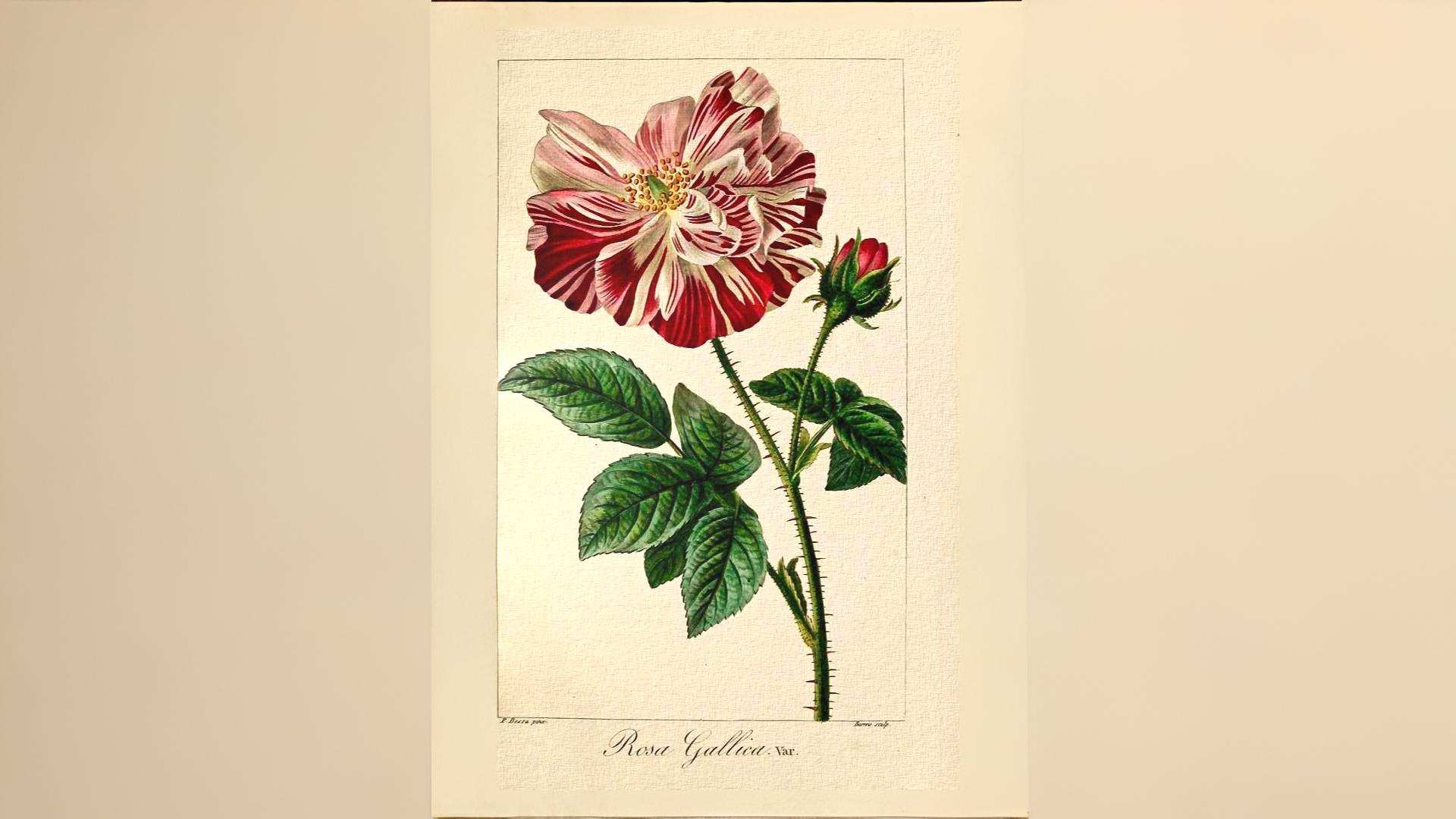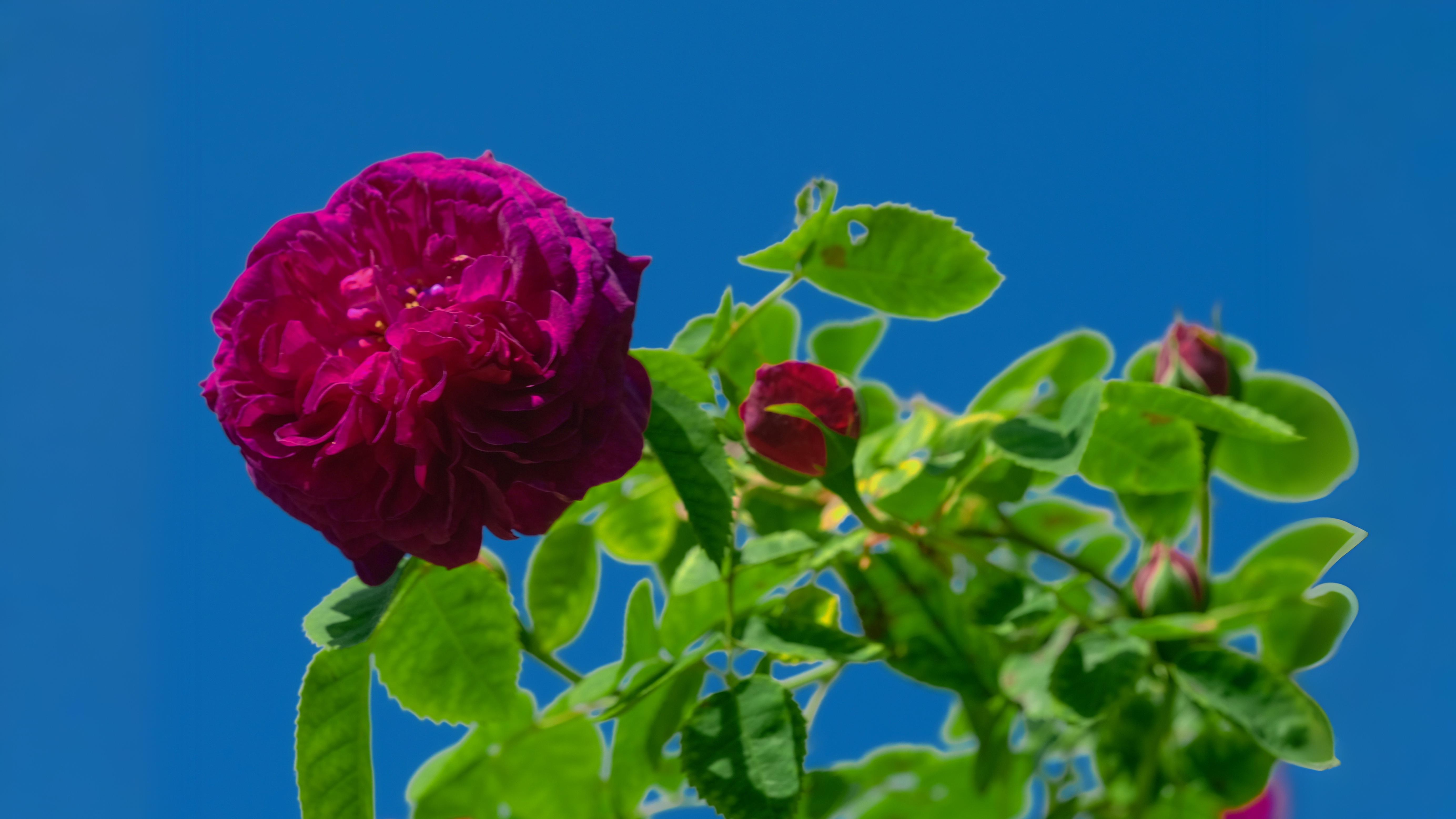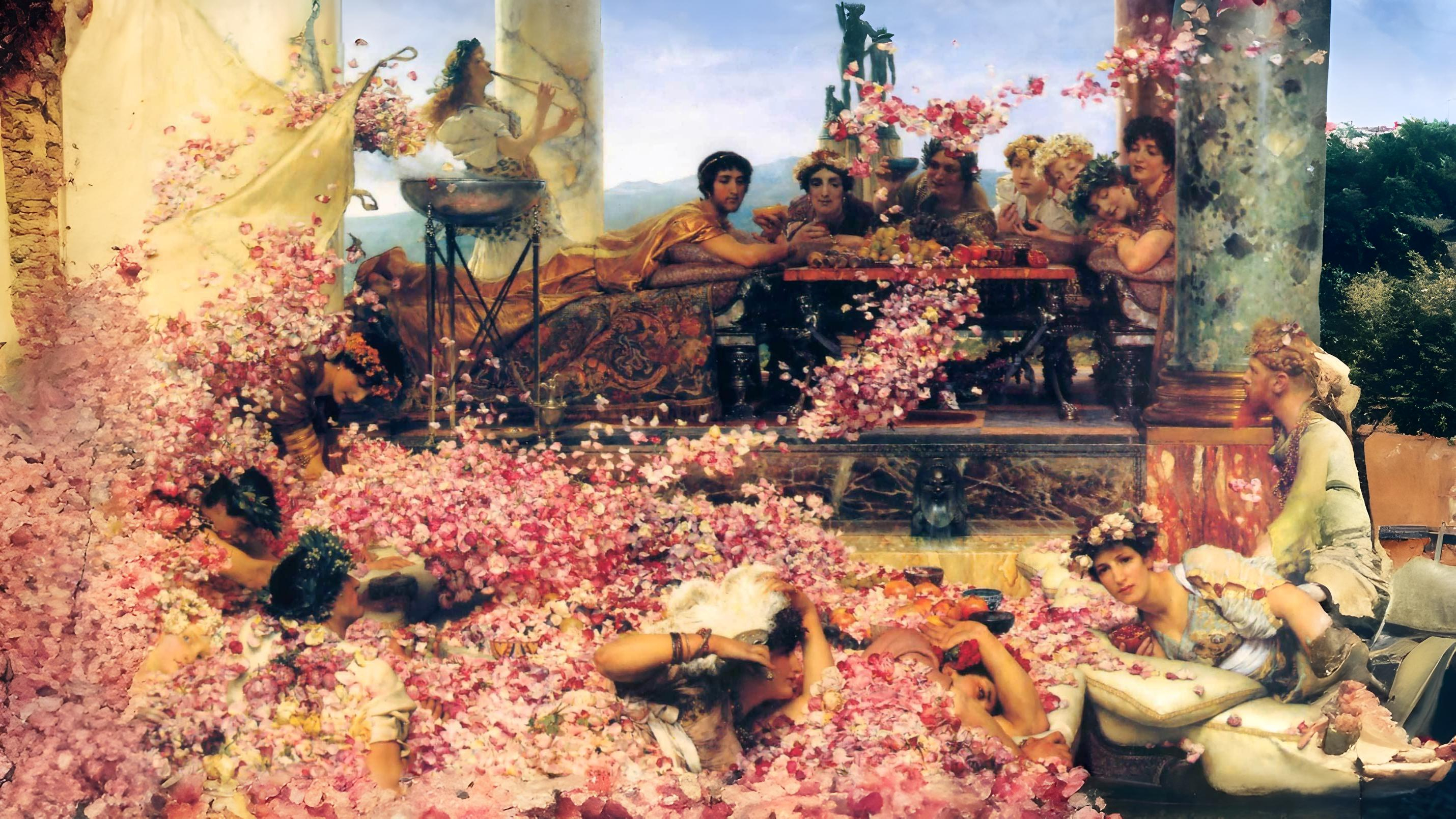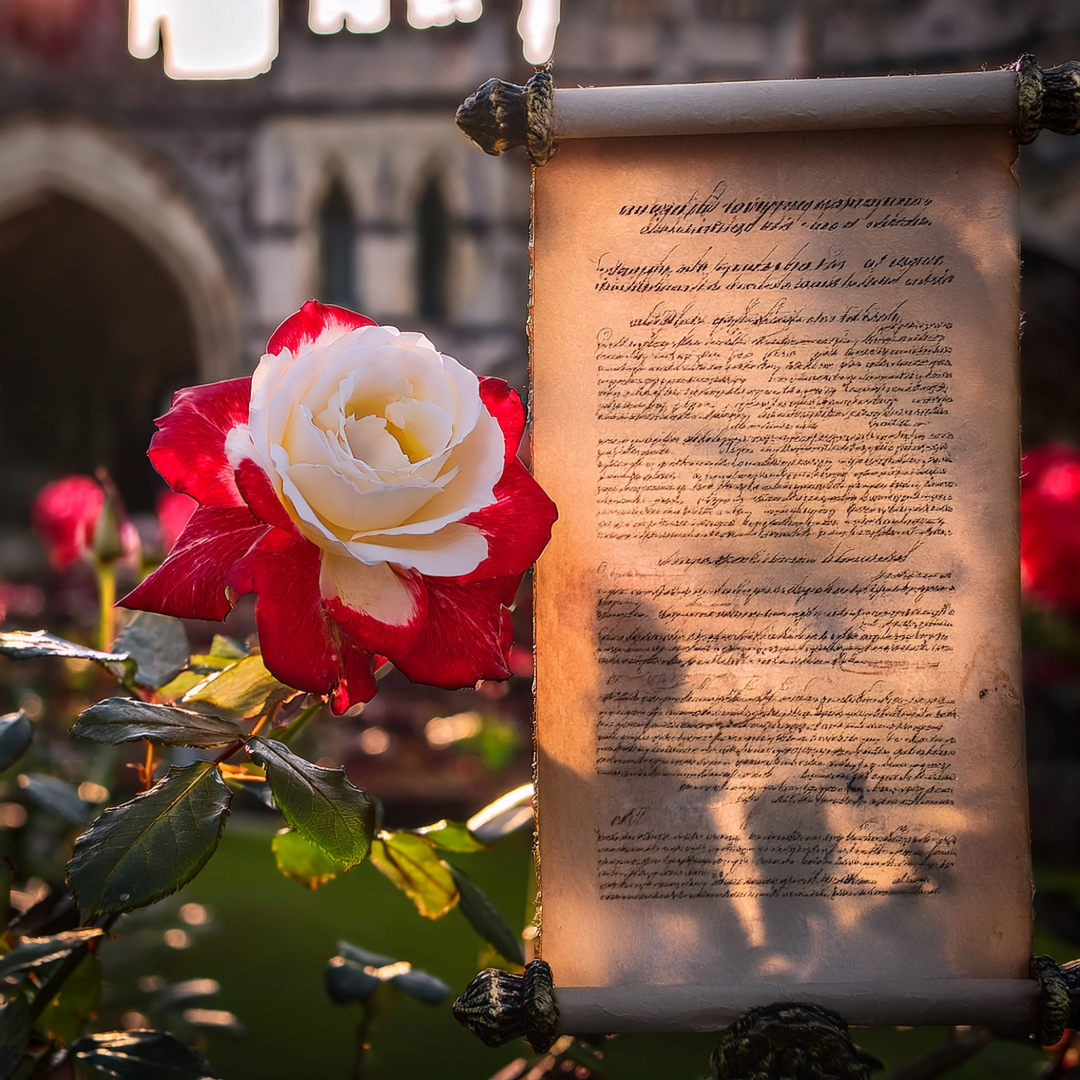
Why did Nero flood Rome with damask roses? How did a bishop grow them in Holborn? Return June 14 to trace the thorny, fragrant, and bloody journey of London’s garden roses—where every petal has a past.
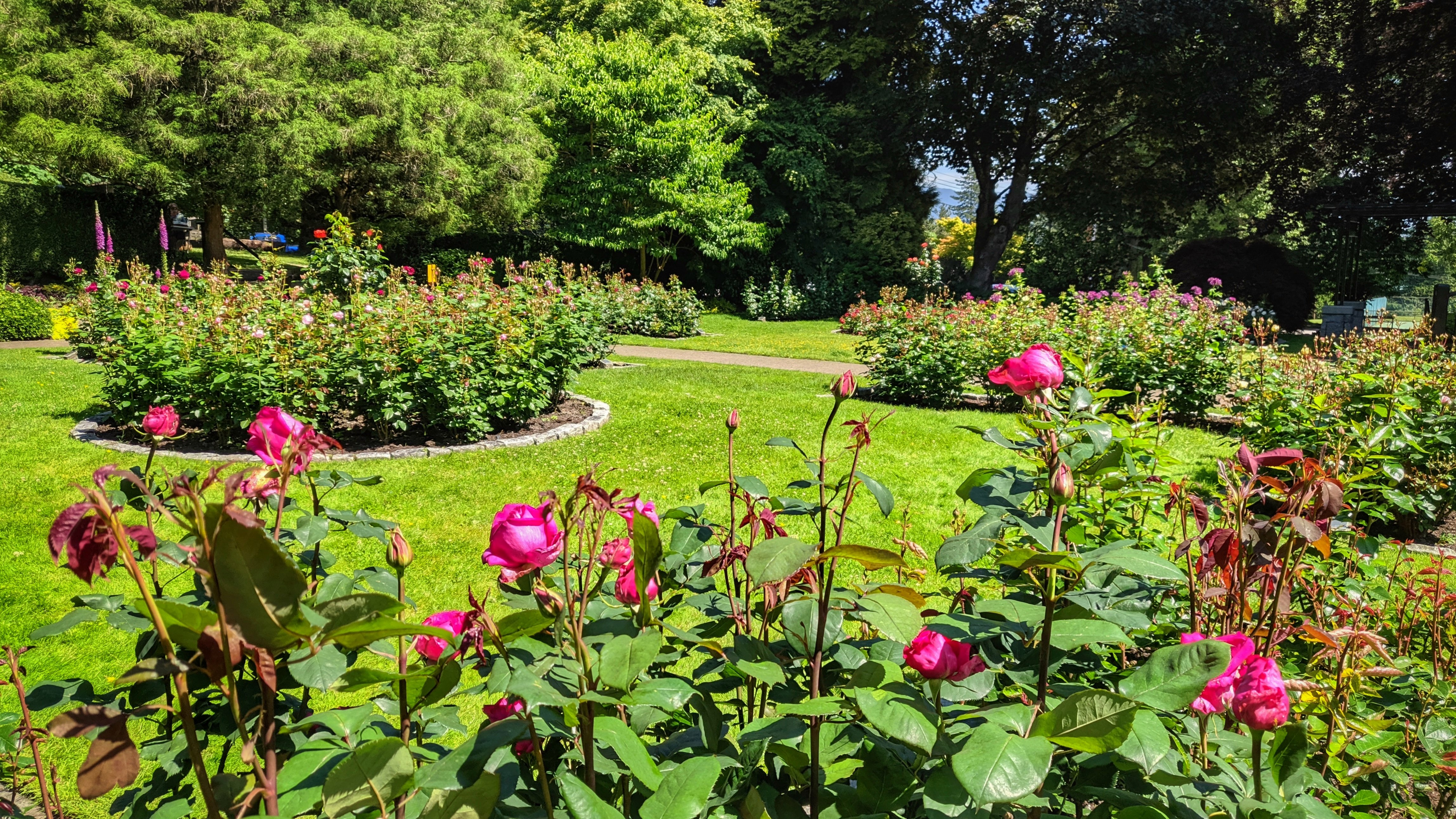

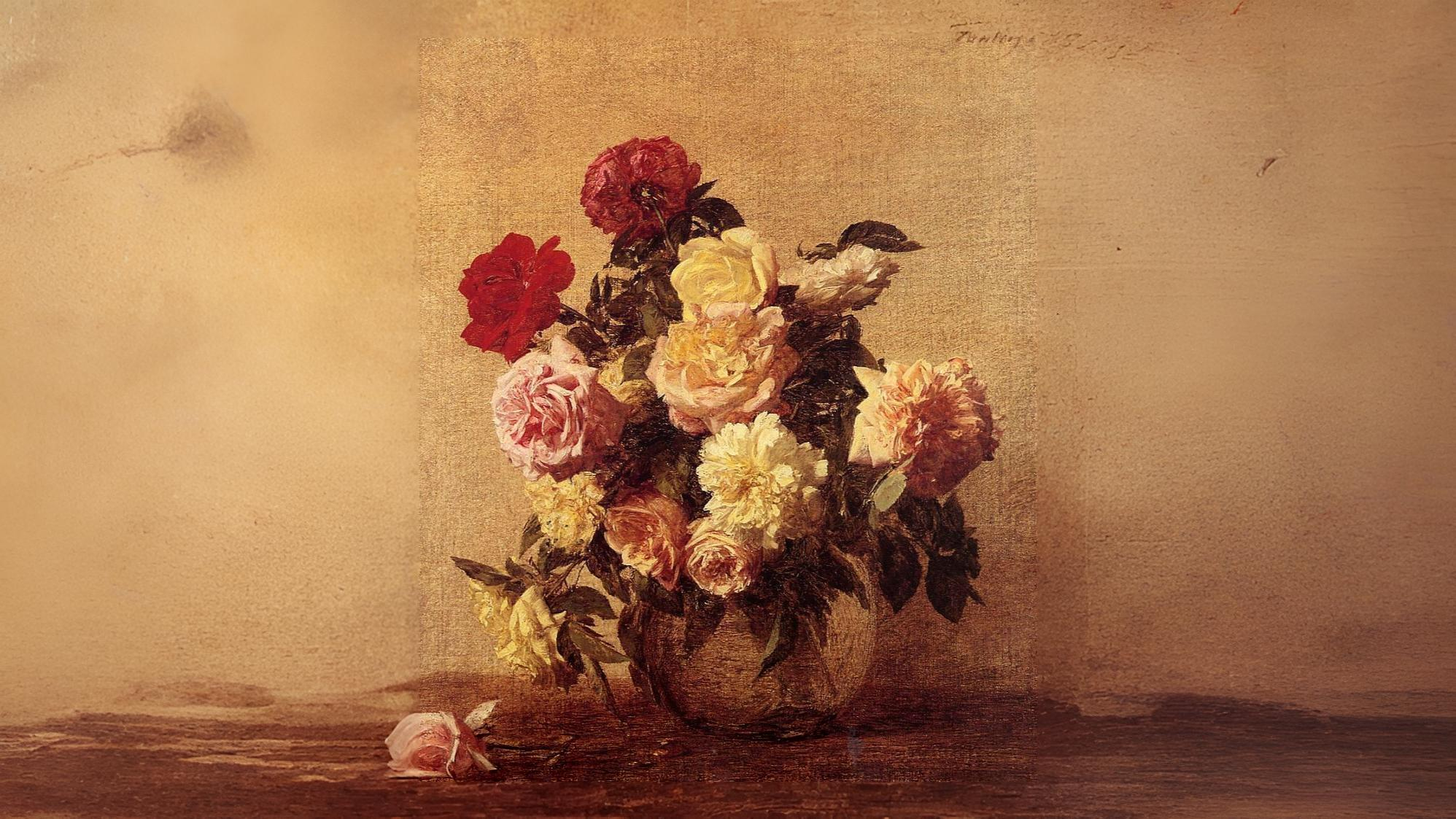

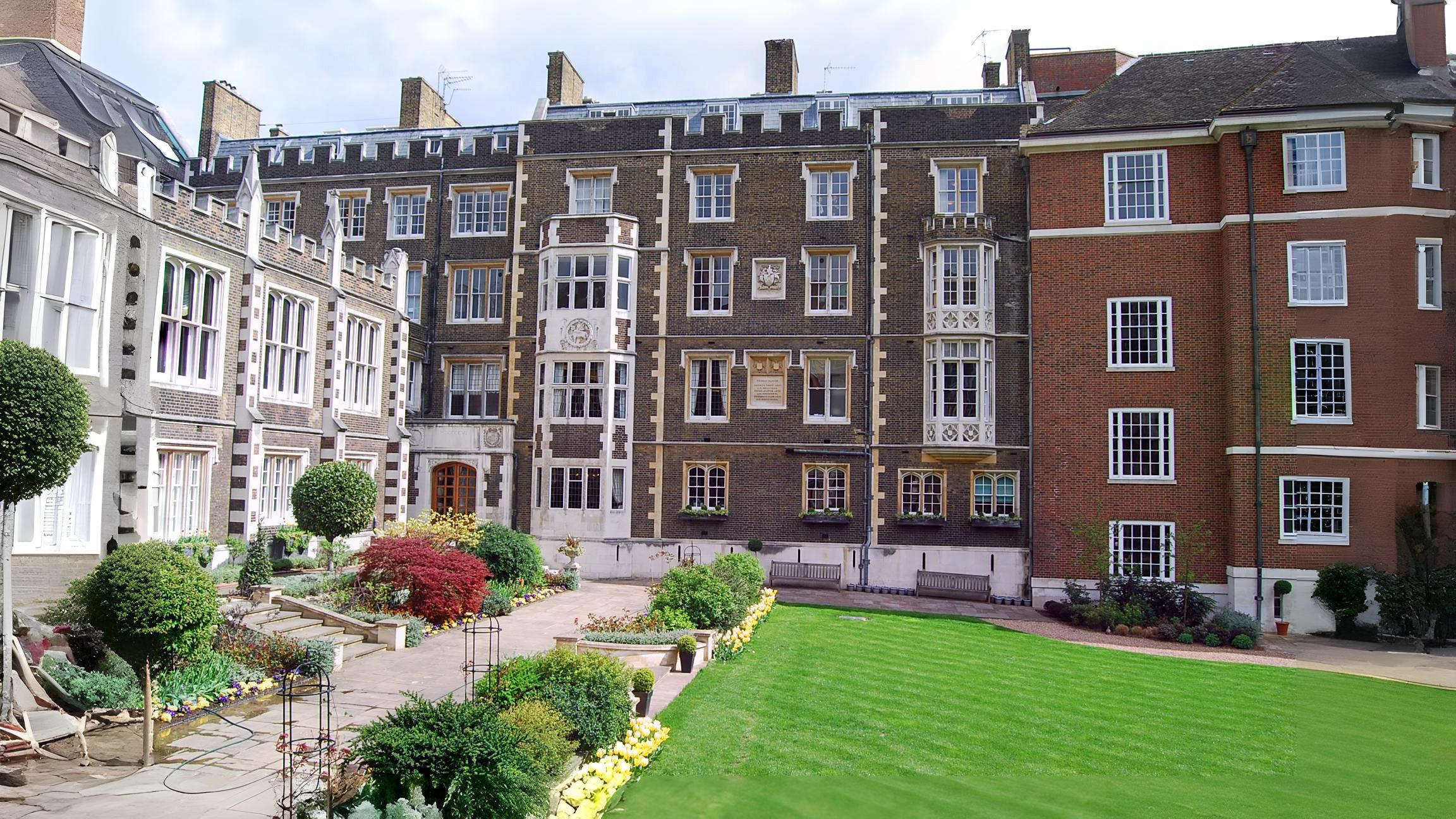

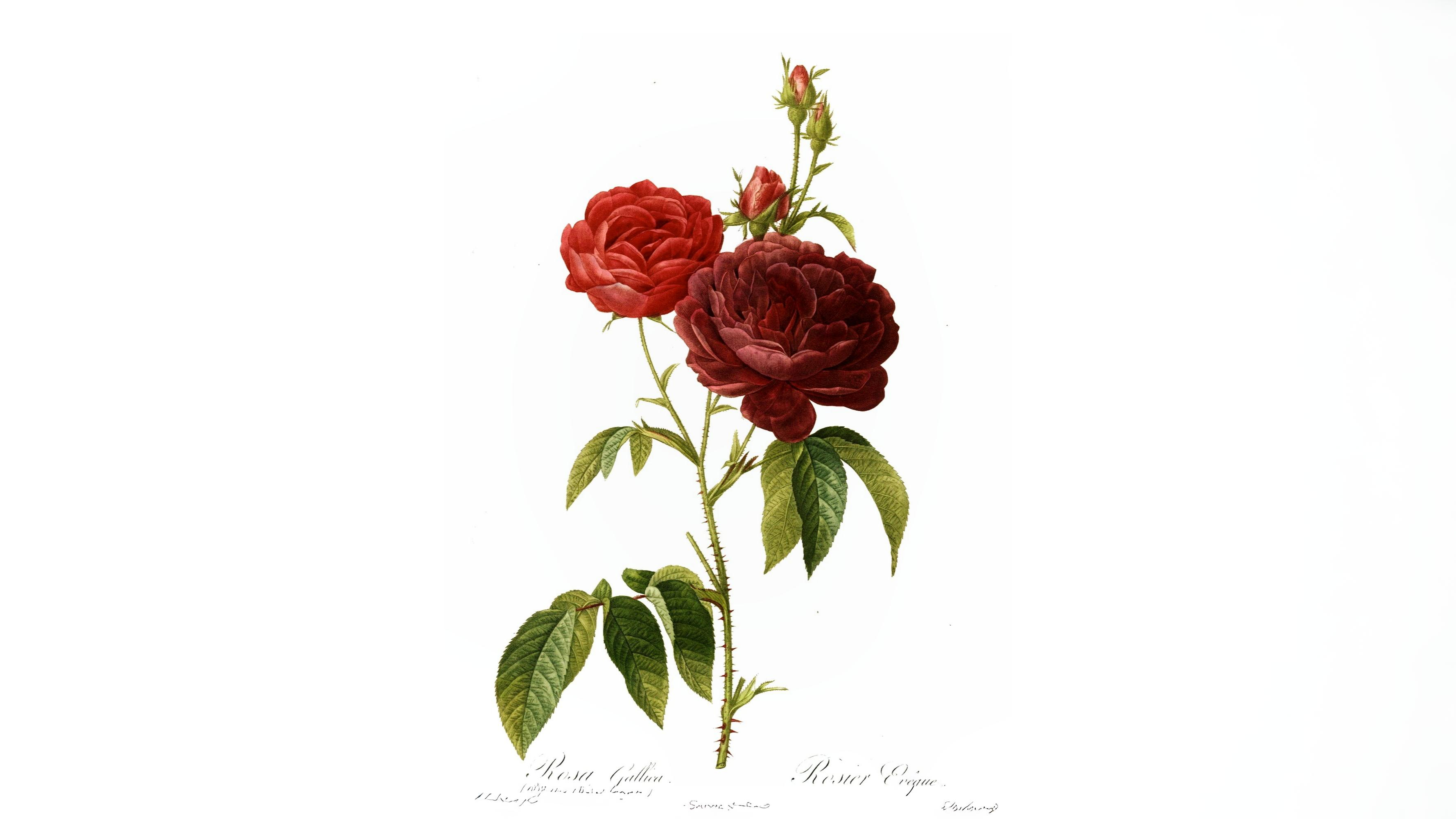

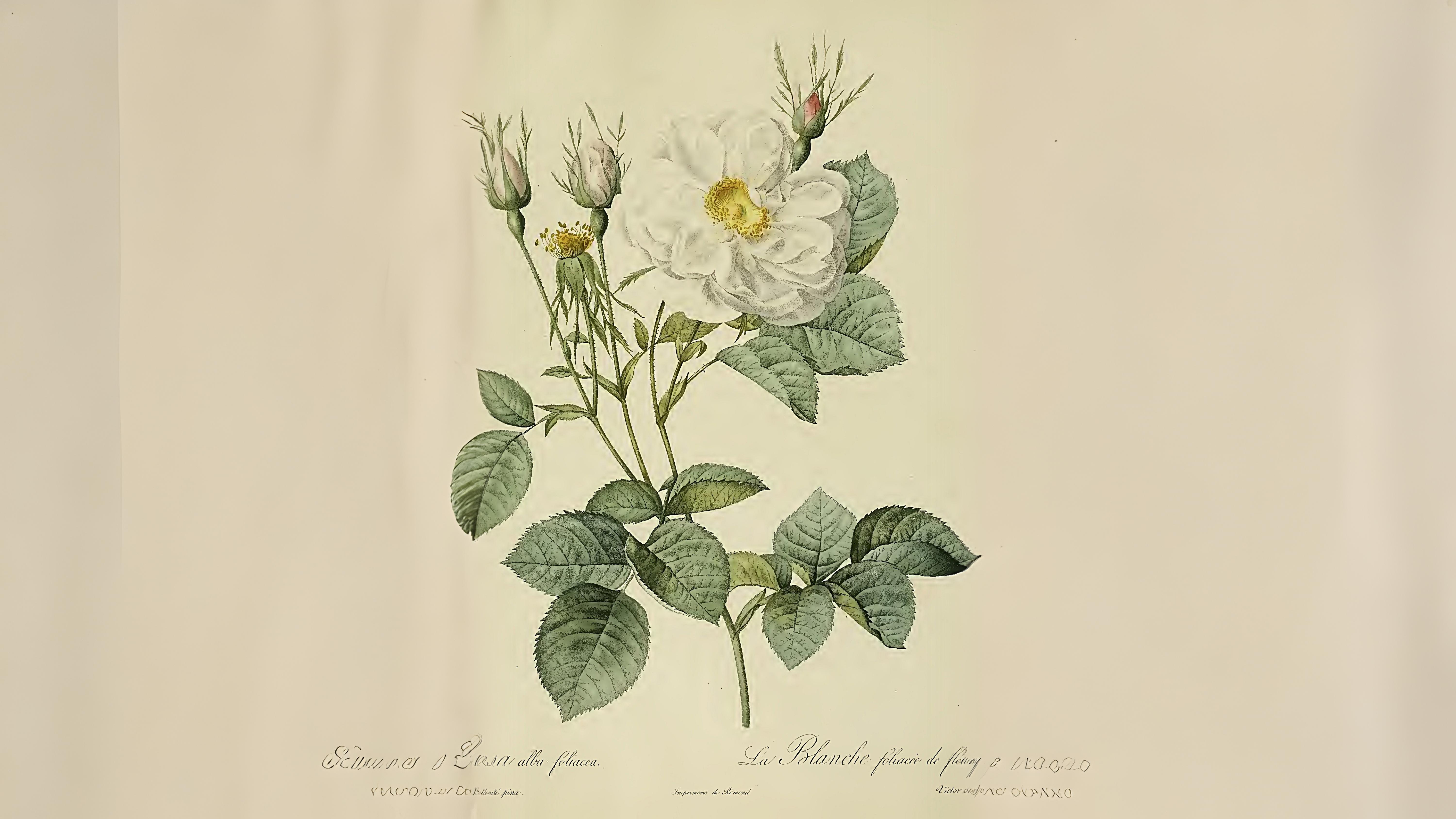

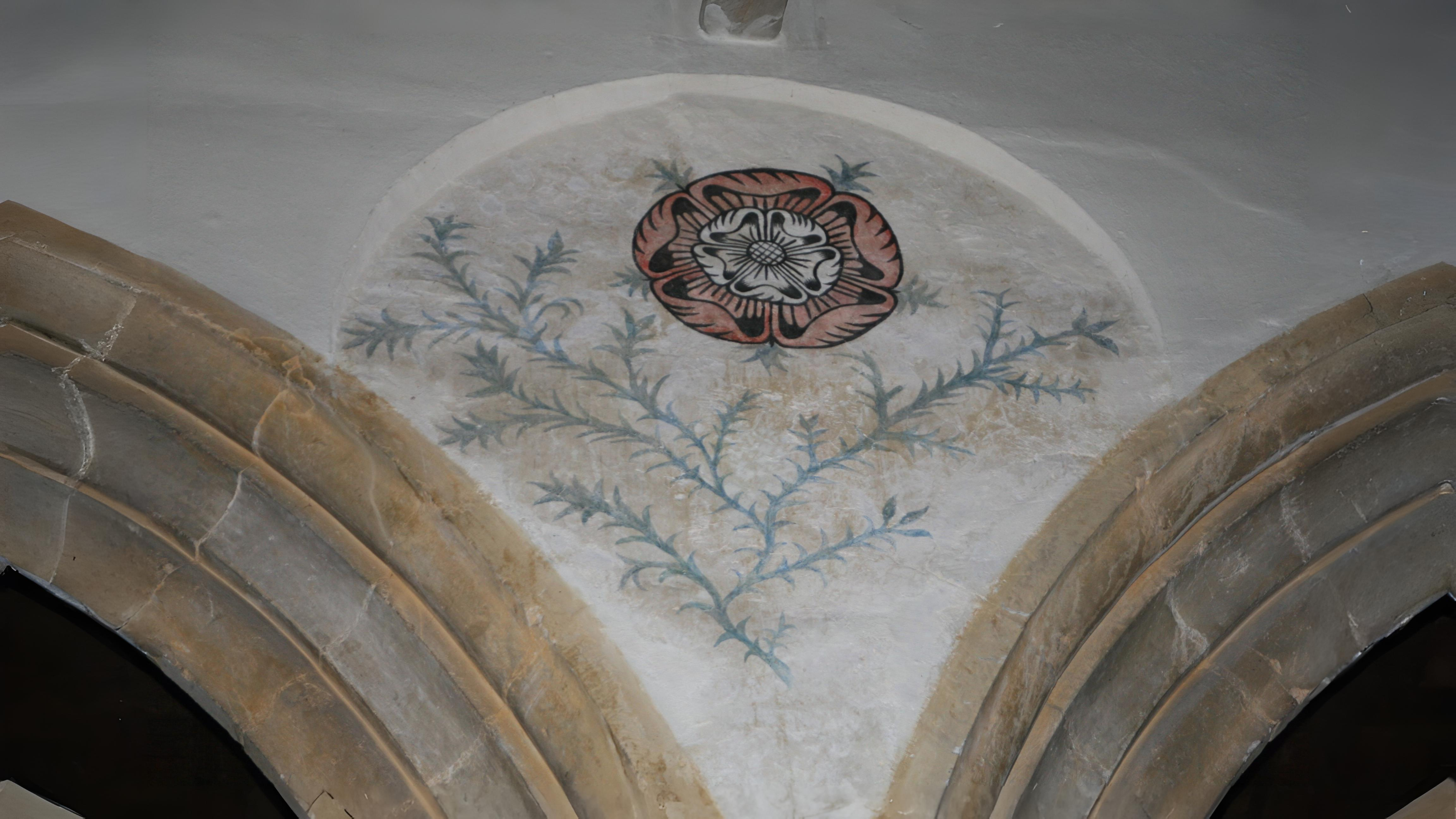

From the Temple Gardens it is now worth moving to Kew, where several flowerbeds indicate the history of different rose groups with well-known examples of each type e.g. damask, bourbon, china, cabbage, Portland and noisette.
